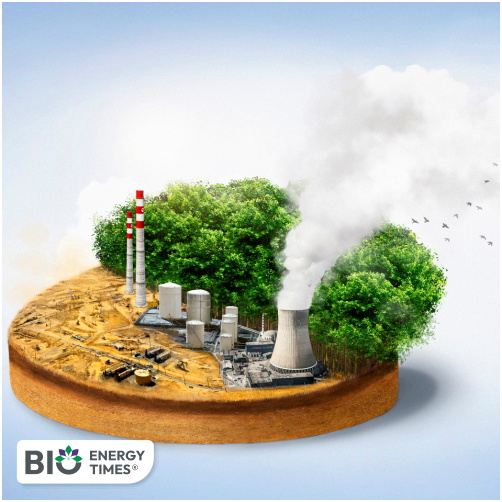For the first time, Indian researchers have captured continuous, high-resolution measurements of key greenhouse gases in the Central Himalayas, shedding light on how environmental and human factors jointly influence atmospheric conditions in this ecologically sensitive region.
The study, conducted by scientists at the Aryabhatta Research Institute of Observational Sciences (ARIES)—an autonomous institute under the Department of Science & Technology (DST), Government of India—was based on five years of data collected from a high-altitude observatory in Nainital.
Led by Dr. Priyanka Srivastava and Dr. Manish Naja, the research provides critical insights into how both natural processes and anthropogenic activities shape concentrations of carbon dioxide (CO₂), methane (CH₄), and carbon monoxide (CO) in the Central Himalayan atmosphere. The findings fill a major gap in atmospheric data from South Asia’s mountain regions, which have long remained underrepresented in global climate assessments.
Thanks to the unique vantage point of the Nainital site, the team was able to untangle the effects of biospheric activity, regional emissions, and meteorological dynamics on greenhouse gas levels. This location allows for detailed analysis of both local influences and transported pollutants from upwind regions.
The data shows that greenhouse gas levels in the Central Himalayas are generally higher than those at remote background monitoring stations, reflecting a mix of local and regional emission sources. However, they remain lower than typical concentrations recorded in urban or semi-urban areas.
The study observed clear daily and seasonal patterns. Carbon dioxide levels dip during the daytime due to photosynthesis, while methane and carbon monoxide concentrations tend to peak during the day, as upslope mountain winds carry emissions from the valleys below.
Seasonal variations were also evident. Carbon dioxide levels rose in spring, likely due to biomass burning and reduced vegetation. Methane concentrations peaked in autumn, coinciding with post-harvest agricultural practices such as rice cultivation. Carbon monoxide showed its highest levels in late spring, suggesting influence from regional pollution transport during that period.
Over the long term, the researchers found that both carbon dioxide and methane levels are increasing steadily—by 2.66 ppm and 9.53 ppb per year, respectively. These rates are even higher than those observed at Mauna Loa, a globally recognized baseline monitoring site. In contrast, carbon monoxide levels are gradually declining at a rate of 3.15 ppb per year, possibly indicating better combustion practices or shifts in regional emission sources.
The study highlights that solar radiation, temperature, and the height of the atmospheric boundary layer—essentially the layer that contains and mixes surface emissions—play a significant role in shaping greenhouse gas concentrations, alongside human activities.
These detailed observations not only establish a valuable reference for validating satellite data and refining emissions inventories, but also improve the accuracy of regional climate models. Importantly, this work offers policymakers localized and real-time insights that can inform climate mitigation strategies and support evidence-based environmental policy across South Asia.














